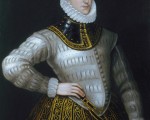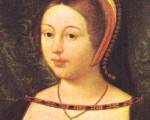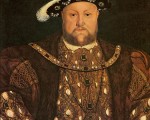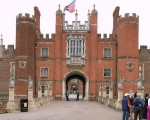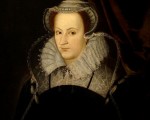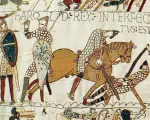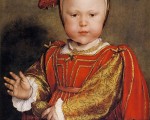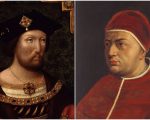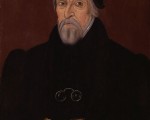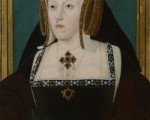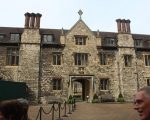
The 31st October was and is, of course, All Hallows Eve or Halloween. Although it was a religious festival in medieval and Tudor times, it has its roots in Pagan celebrations and it comes from Samhain, the Celtic new year festival which was celebrated from sunset on 31st October to sunset on 1st November. On that night, it was believed that the veil between the world of the living and that of the dead was at its thinnest and that the souls of the dead and evil spirits could walk the earth. Church bells were rung, bonfires were lit and people wore masks to ward off these spirits and to send them on their way. Farm buildings and homes were also blessed to protect them from evil spirits and witches.
[Read More...]
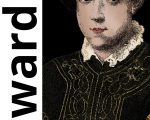
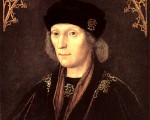
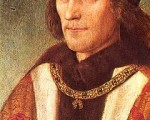


 Here is a reminder of our expert live-chats programme for today's Tudor Society Open Day. Just head on over to the
Here is a reminder of our expert live-chats programme for today's Tudor Society Open Day. Just head on over to the 
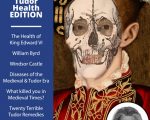


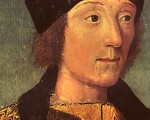
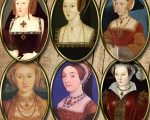
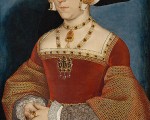
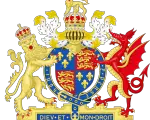
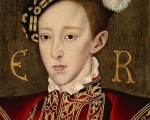
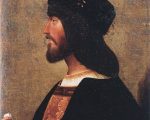
 I had the pleasure of sharing a table with Samantha Morris, author of Cesare Borgia in a Nutshell at the Evening with the Authors event in London recently and her enthusiasm for the Borgia family is infectious. I know they're not Tudor, but they're fascinating and are another family that is surrounded by myth and controversy, and that has larger than life characters.
I had the pleasure of sharing a table with Samantha Morris, author of Cesare Borgia in a Nutshell at the Evening with the Authors event in London recently and her enthusiasm for the Borgia family is infectious. I know they're not Tudor, but they're fascinating and are another family that is surrounded by myth and controversy, and that has larger than life characters. 
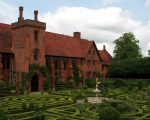
 On this day in history, the 18th October 1555, Elizabeth, daughter of Henry VIII and Anne Boleyn, finally received permission from her half-sister, Mary I, to leave court and travel to her own estate at Hatfield, rather than return to house arrest in Woodstock.
On this day in history, the 18th October 1555, Elizabeth, daughter of Henry VIII and Anne Boleyn, finally received permission from her half-sister, Mary I, to leave court and travel to her own estate at Hatfield, rather than return to house arrest in Woodstock.